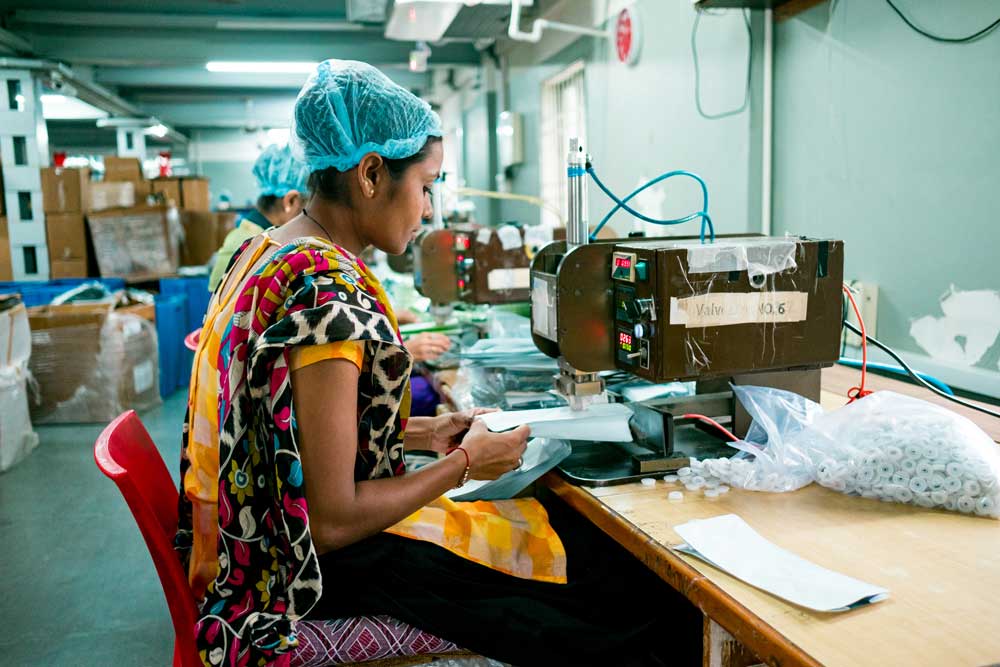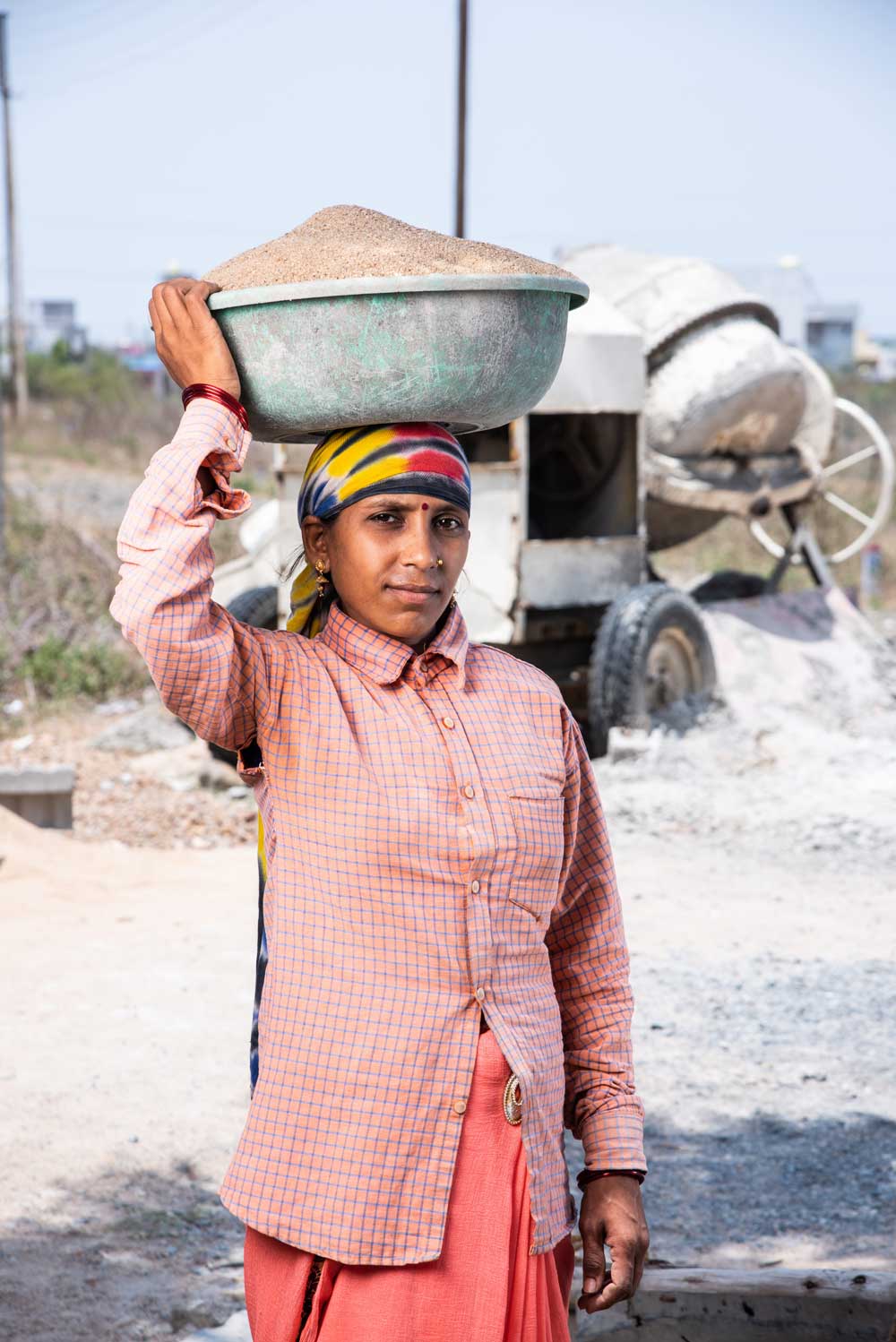This Labour Day, let’s the opportunity to reflect on the working conditions, protections, and rights of those who contribute to our economy. And as India continues to evolve economically, the role of women in the workforce becomes more crucial than ever. But are our labour laws truly catching up to the reality of working women’s lives? Or are they still stuck in outdated templates that overlook the complexities of gender?
Let’s look at Indian labour laws through a gender lens in 2025:
1. Indian Labour Reforms: What’s New & What’s Not

Image used for representational purposes only.
India’s recent labour reforms aimed to simplify 44 central laws into four labour codes:
The Code on Wages
The Code on Social Security
The Occupational Safety, Health and Working Conditions Code
The Industrial Relations Code
While this consolidation was intended to streamline compliance and widen coverage, the gender lens is still lacking in most of these codes. Provisions like universal minimum wages and formalisation incentives are progressive, but there is little that directly addresses the gender pay gap, female-dominated informal sectors, or caregiving challenges that limit women’s employment.
2. Maternity Rights & Beyond: Is It Enough?

Image used for representational purposes only.
India’s Maternity Benefit (Amendment) Act 2017 remains one of the most generous in the world, offering 26 weeks of paid maternity leave. During this period, full wages must be paid, ensuring financial stability for the employee.
The Act also guarantees reinstatement to the same position and working conditions post-leave. It includes coverage for pre- and post-natal care, supporting women's health through pregnancy and recovery.
Additionally, creche facilities are mandated for establishments with 50+ employees.
3. Safety at Work: Are Women Truly Safe?

Image used for representational purposes only.
The Sexual Harassment of Women at Workplace (Prevention, Prohibition and Redressal) Act, 2013 also commonly known as the POSH Act, was enacted to ensure a safe and respectful work environment for women in India. It provides a comprehensive legal framework to address and prevent sexual harassment in both public and private sectors.
The Act defines sexual harassment to include unwelcome acts such as physical contact and advances, requests for sexual favours, making sexually coloured remarks, showing pornography, and any other unwelcome physical, verbal, or non-verbal conduct of a sexual nature.
Employers with 10 or more employees are mandated to constitute an Internal Complaints Committee (ICC) at each office or branch to address complaints of sexual harassment.
The Act lays down a detailed procedure for filing complaints, conducting inquiries, and providing a fair opportunity to the parties involved. Complaints should be made within three months from the date of the incident, extendable by another three months if justified.
Failure to comply with the provisions of the Act can result in penalties, including fines up to ₹50,000. Repeated violations may lead to higher penalties and cancellation of business licenses.
The POSH Act was a significant step forward in recognising and addressing workplace sexual harassment in India. However, challenges in its implementation persist, such as underreporting of cases, lack of awareness among employees, and inadequate constitution of ICCs in many organisations. Continuous efforts are required to ensure effective enforcement of the Act and to foster a workplace culture that upholds the dignity and safety of all employees.
4. The Pay Gap & Skewed Skilling

Image used for representational purposes only.
The Equal Remuneration Act, 1976 was enacted to ensure that men and women receive equal pay for equal work in India and to prevent discrimination in employment based on gender. The act mandates that employers must pay equal remuneration to men and women workers for the same or similar work. Furthermore, employers cannot discriminate in recruitment, training, or promotion based on gender unless the work is legally prohibited for women. Violations of the Act can lead to fines and imprisonment.
Although the Equal Remuneration Act was repealed and replaced under the Code on Wages, 2019, its core principles of equal pay and non-discrimination continue to be enforced. As per the Periodic Labour Force Survey (PLFS) 2019–20 data indicates that men earned an average monthly income of ₹12,048, while women earned ₹8,034, marking a 33 per cent wage gap, despite the Equal Remuneration Act, 1976.
5. What Needs to Change in 2025 (and Beyond)
Gender-Responsive Policy Design: Labour laws must go beyond being ‘gender-neutral’ and actively account for gendered experiences.
Formalisation of Informal Labour: Women in the unorganised sector must be brought under the umbrella of legal and social protection.
Better Representation: More women policymakers and union leaders are essential to ensure the lived realities of working women are reflected in labour discourse.
Intersectional Focus: A Dalit woman domestic worker in a metro city faces different challenges than a salaried urban professional. One-size-fits-all labour law fails both.
The Bottom Line
India’s women are entering boardrooms, leading businesses, and fuelling gig economies, but the legal and social systems meant to support them still lag behind. This Labour Day, let’s go beyond symbolism and push for reform that doesn’t just include women, but centres them.
Because if half the workforce is only half protected, we’ve got a long way to go.